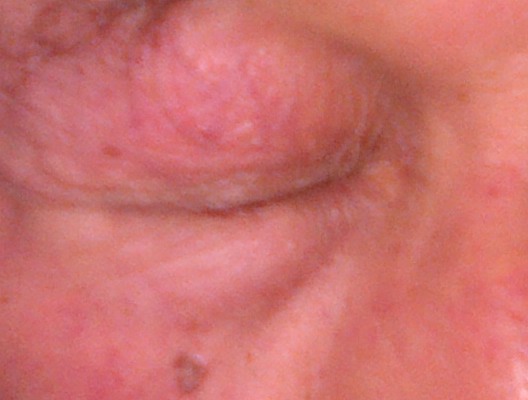Introduction
Bell’s palsy is a condition that causes temporary weakness or paralysis of the muscles in one side of the face. It is the most common cause of facial paralysis.
Other causes of facial paralysis include:
congenital facial palsy – children born with facial weakness
injury to the facial nerve in an accident – such as a cut to the cheek or skull base fracture
injury from surgery – which is most common during surgery of the parotid gland and neck
What are the symptoms?
The symptoms of Bell’s palsy vary from person to person. The weakness on one side of the face can be described as either:
partial palsy, which is mild muscle weakness
complete palsy, which is no movement at all (paralysis) – although this is very rare
Bell’s palsy can also affect the eyelid and mouth, making it difficult to close and open them. In rare cases, it can affect both sides of a person’s face.
Read more about the symptoms of Bell’s palsy
When to seek medical advice
As well as being a symptom of Bell’s palsy, facial weakness or paralysis can also be a sign of a more serious condition – such as a stroke.
Visit your nearest A&E department immediately or call 999 for an ambulance if you or someone you are with develops sudden facial paralysis, so a doctor can determine the cause.
Bell’s palsy is only diagnosed if other possible causes of your symptoms are ruled out.
Read more about diagnosing Bell’s palsy.
Why does it happen?
Bell’s palsy is believed to occur when the nerve that controls the muscles in your face becomes compressed.
The exact cause is unknown, although it’s thought to be because the facial nerve becomes inflamed, possibly due to a viral infection.
The herpes virus is thought to be the most common cause but other viruses may also be responsible.
Read more about the causes of Bell’s palsy
Who is affected?
Bell’s palsy is a rare condition that affects about one in 5,000 people a year. It’s most common in people aged 15-60, but people outside this age group can also suffer from the condition. Both men and women are affected equally.
Bell’s palsy is more common in pregnant women and those with diabetes and HIV, for reasons that are not yet fully understood.
Treating Bell’s palsy
Around seven out of 10 people with Bell’s palsy make a complete recovery, with or without treatment.
Most people notice an improvement in their symptoms after about two to three weeks but a complete recovery can take up to nine months. The recovery time varies from person to person and will depend on the amount of nerve damage.
Prednisolone, a type of corticosteroid, is used to reduce the swelling of the facial nerve.
Eye drops may be required to prevent problems if you are unable to close your eye. Tape may also be used to close the eye while sleeping.
Read more about treatments for Bell’s palsy.
Complications
Around three in 10 people with Bell’s palsy will continue to experience weakness in their facial muscles, and two in 10 will be left with a more serious long-term problem.
Complications include:
persistent facial weakness
eye problems
difficulty with speech, eating and drinking
reduced sense of taste
facial muscle twitching
Bell’s palsy may reoccur in up to 14% of people, especially if there is a family history of the condition.
Read more about the complications of Bell’s palsy.
